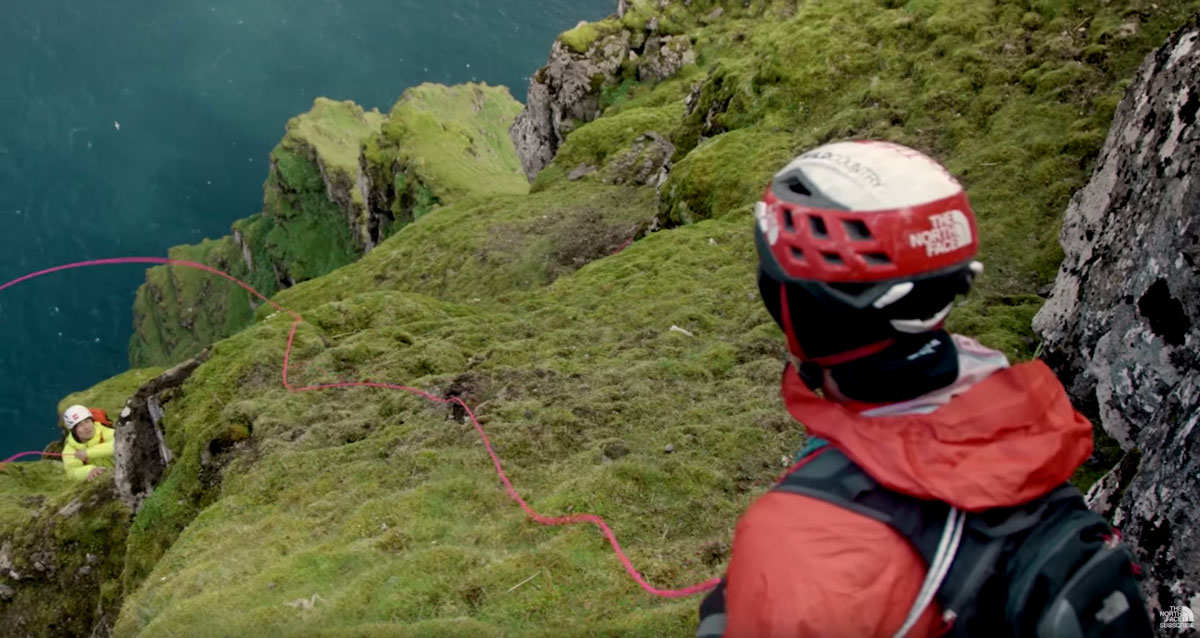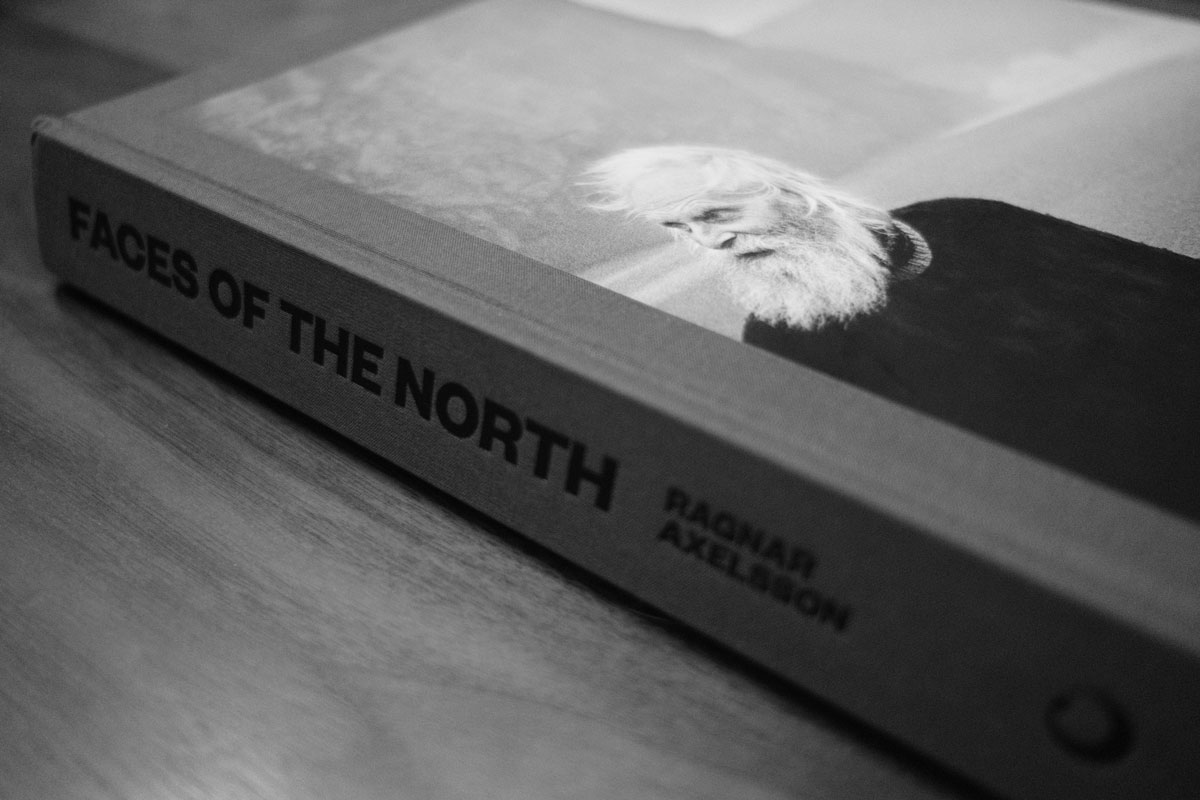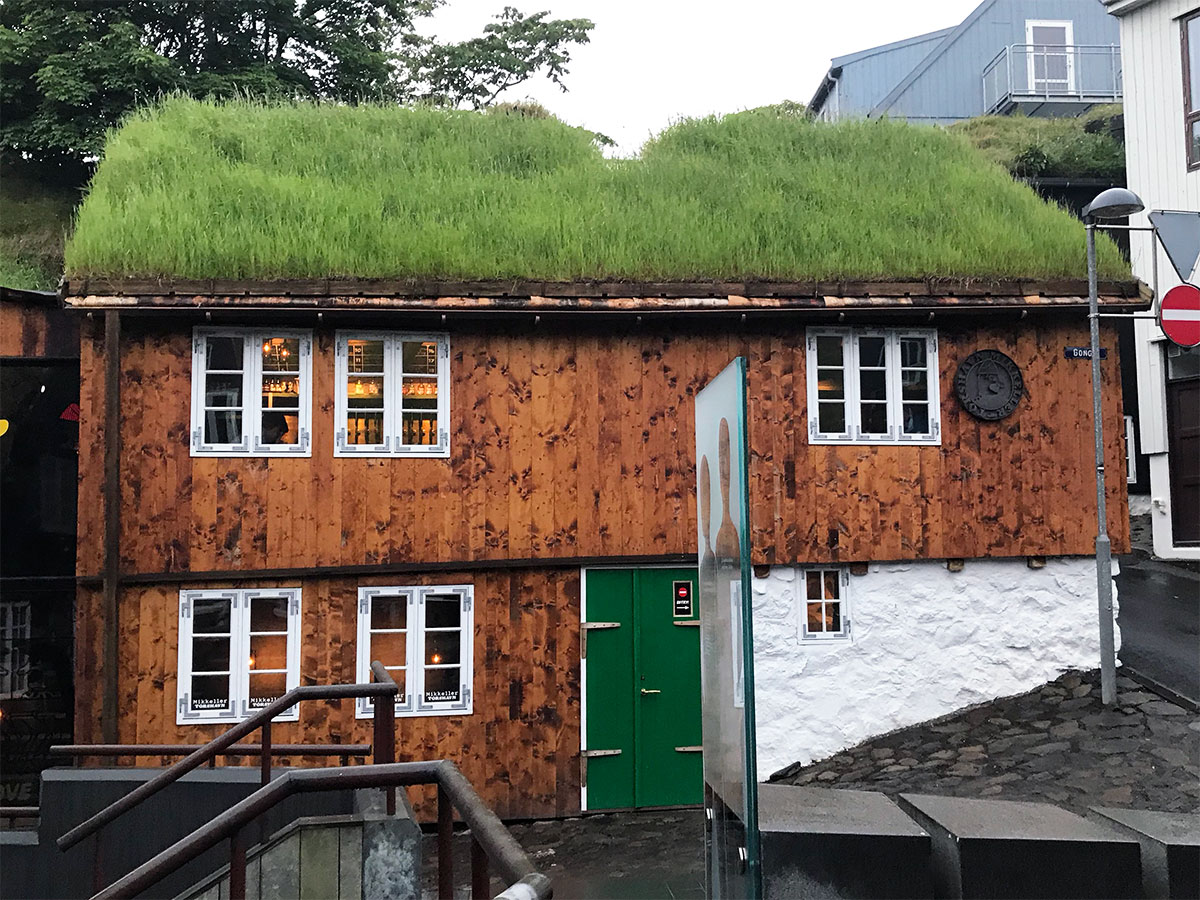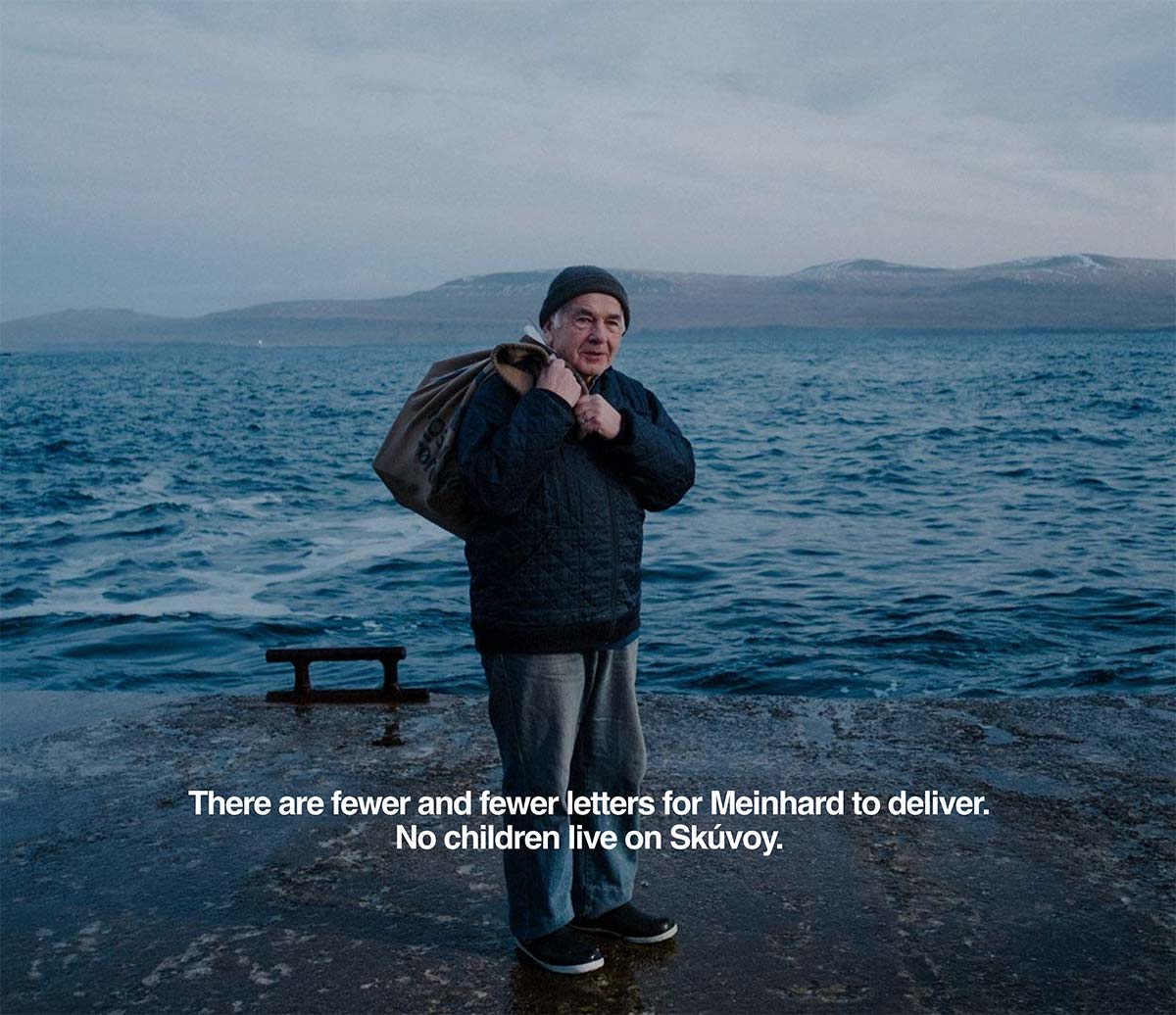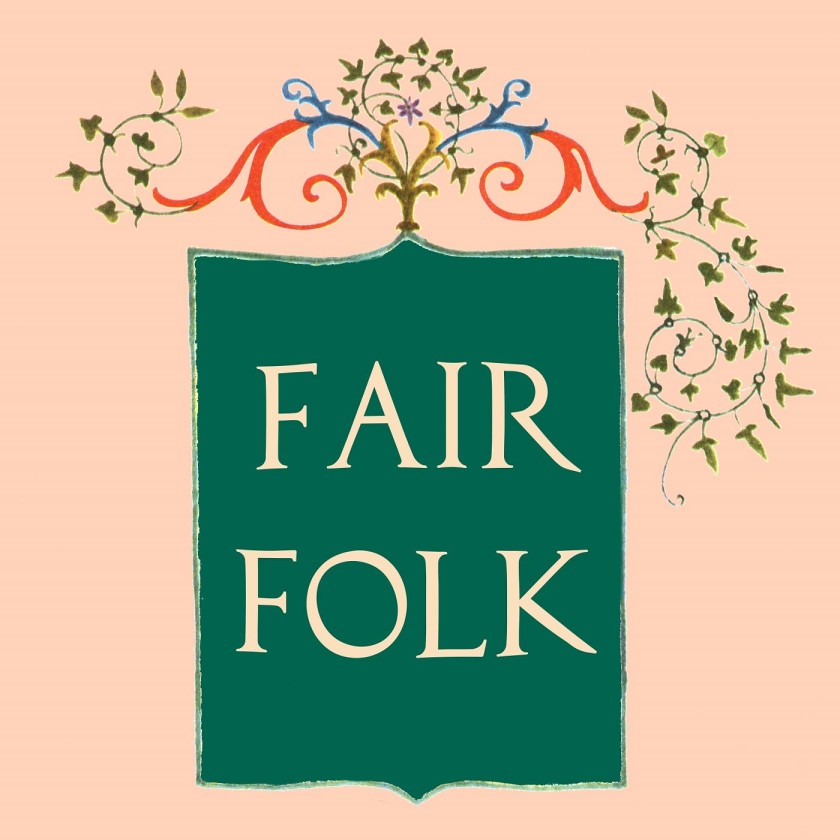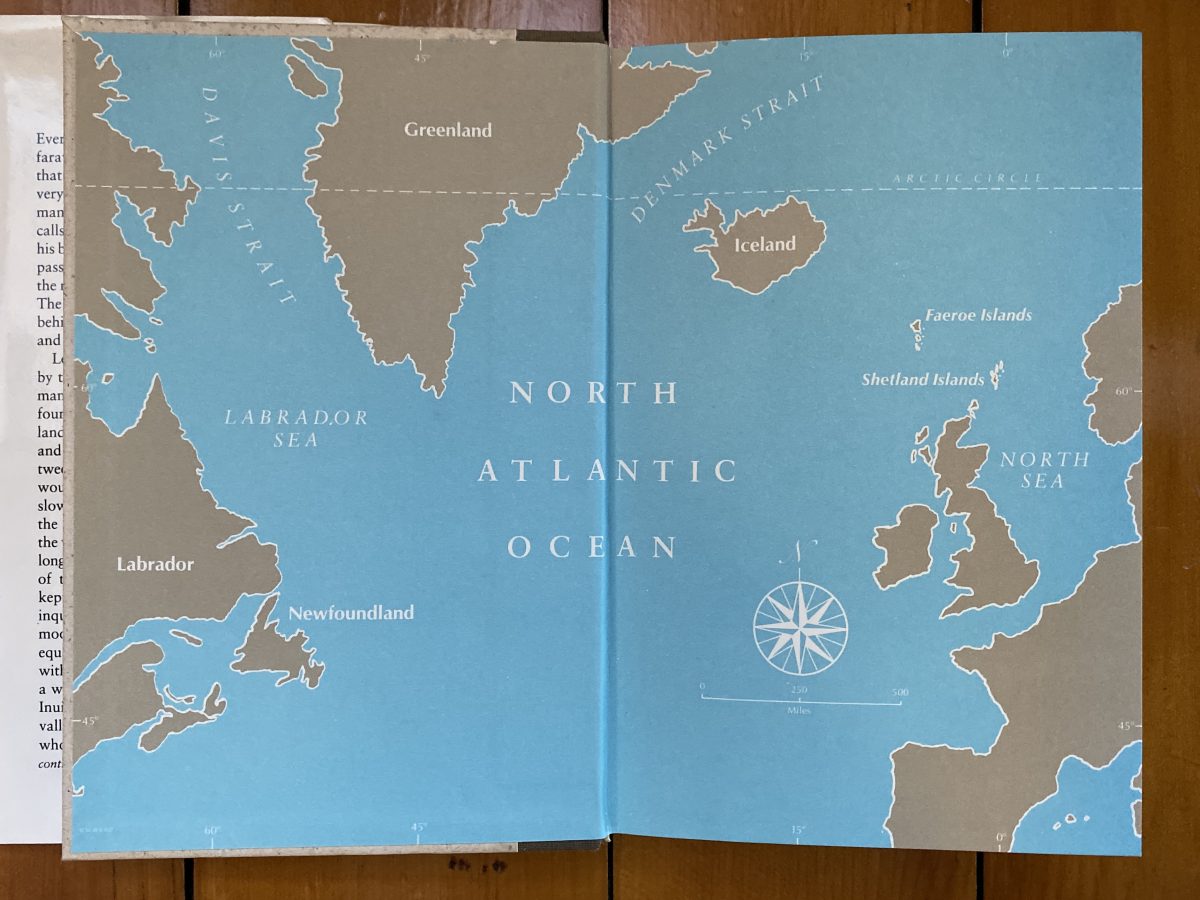The shoreline of the Faroe Islands is almost entirely composed of steep and dangerous cliffs. For most of us, these dramatic rock faces are something to take in at a distance, but traditionally they’ve been active sites of hunting and foraging. Fowlers climb up and down, using massive ropes to reach fulmar and puffin nests. Although no longer a necessary food source, collecting eggs and netting birds on these cliffs is an important part of Faroese heritage. A couple of years ago, the clothing brand North Face sponsored a trio of professional climbers on a trip to Cape Enniberg, one of the tallest sea cliffs in the world. The resulting movie contains beautiful scenes of the Faroe Islands and touches on some of the traditional climbing practices.
Climbing Cape Enniberg
